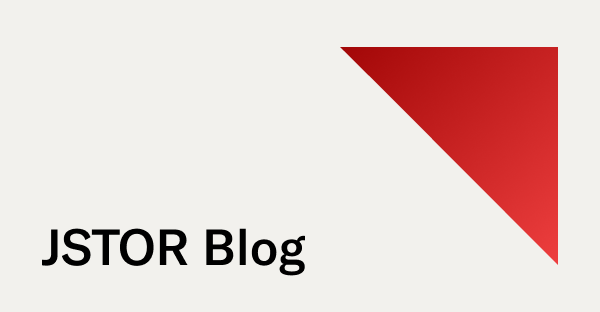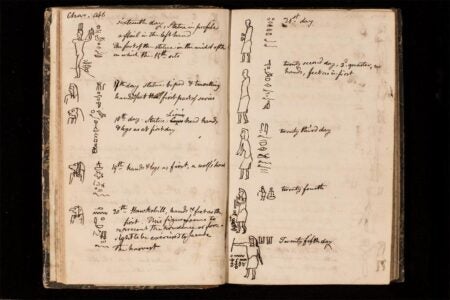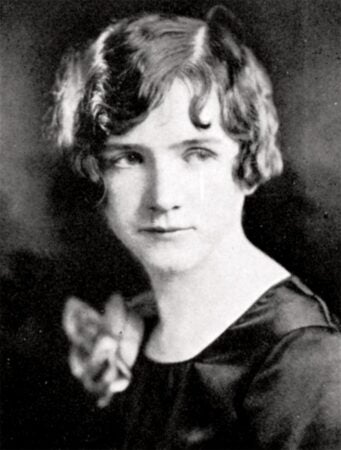Books of hours: illuminating the Trinity College Watkinson Library special collections
Books of hours are devotional texts that contain a personalized selection of prayers, hymns, psalms, and New Testament excerpts chosen specifically for their owner. Popular in the Middle Ages, the most expensive of these books could be highly decorated, but the more affordable versions usually only showed minimal decoration, usually of the first letter of […]



